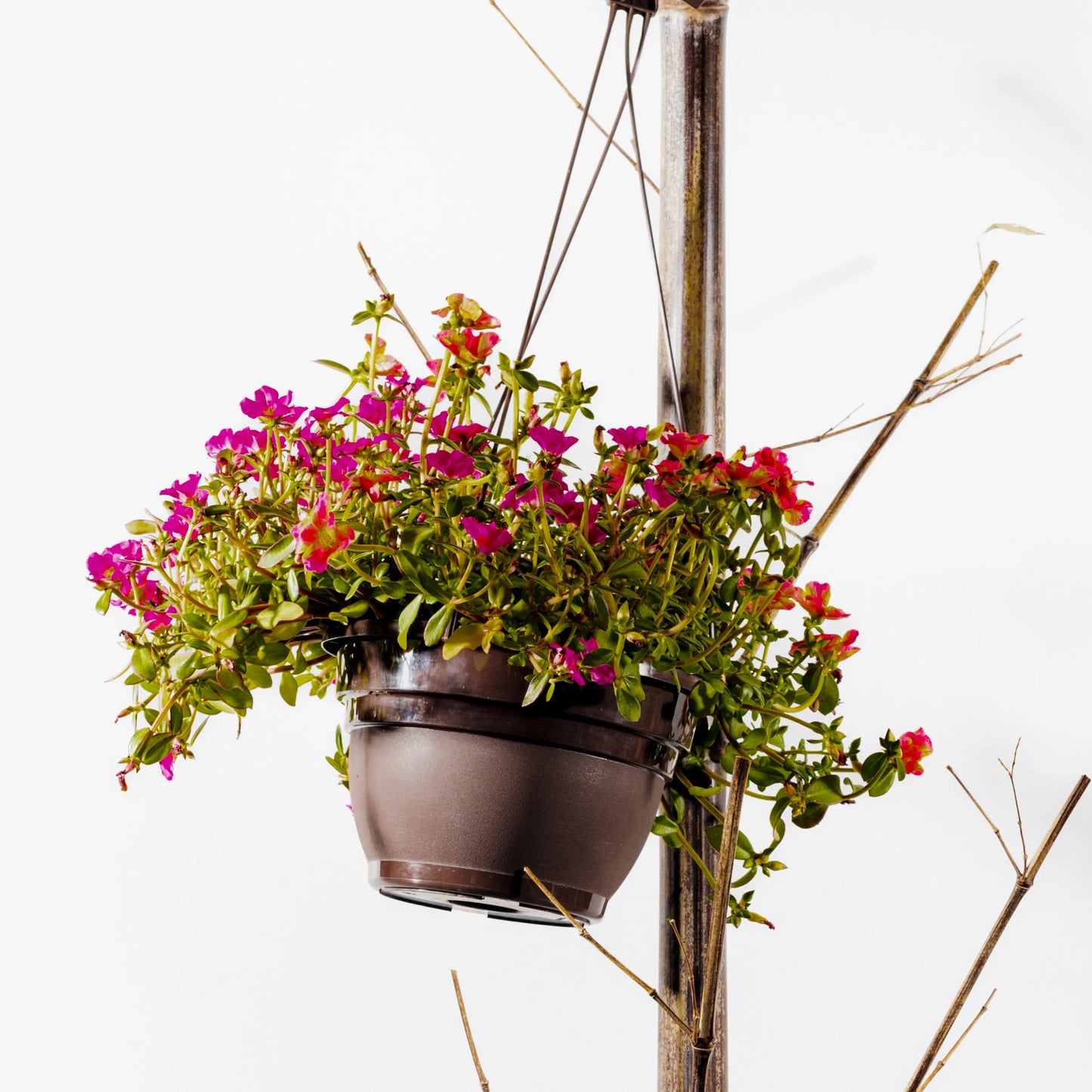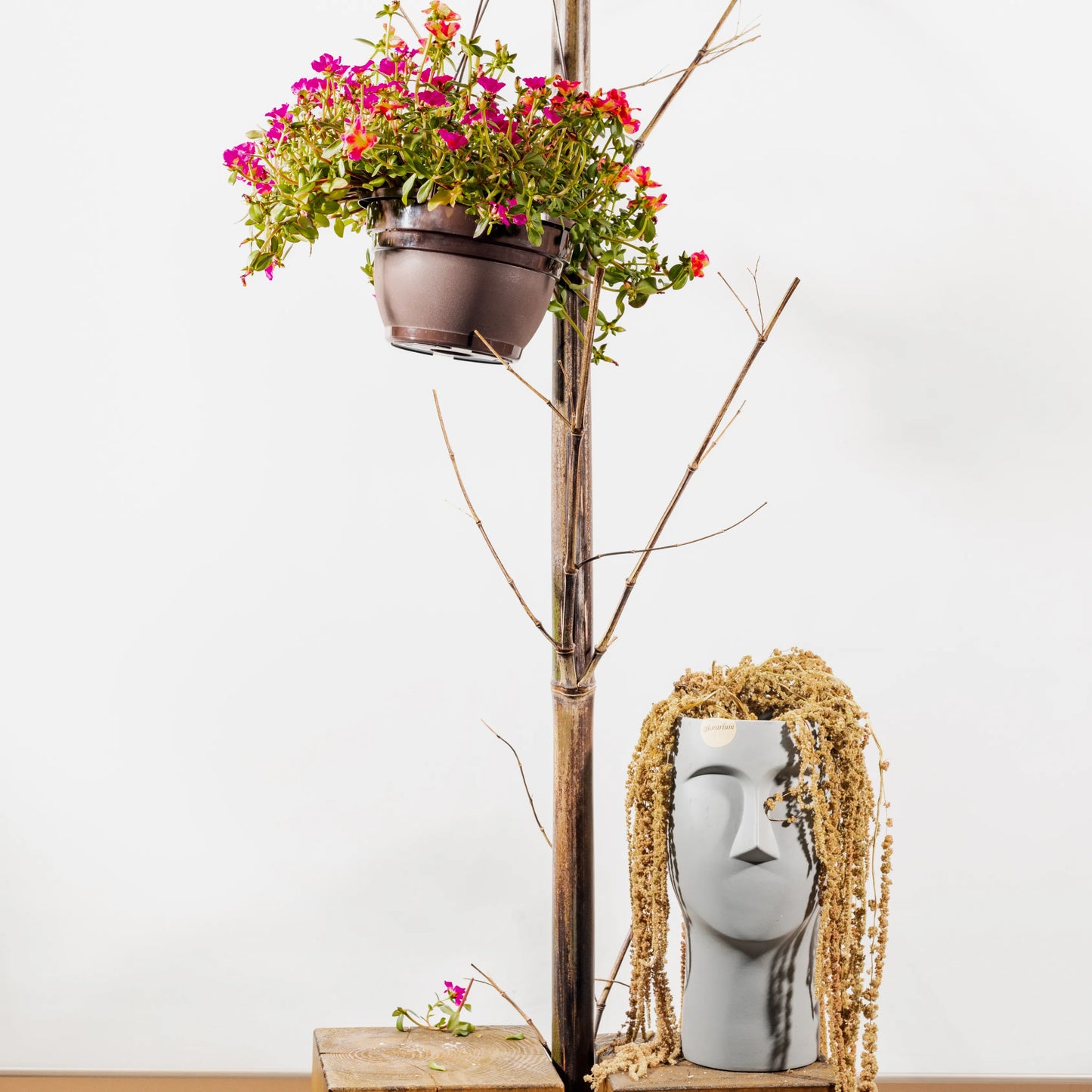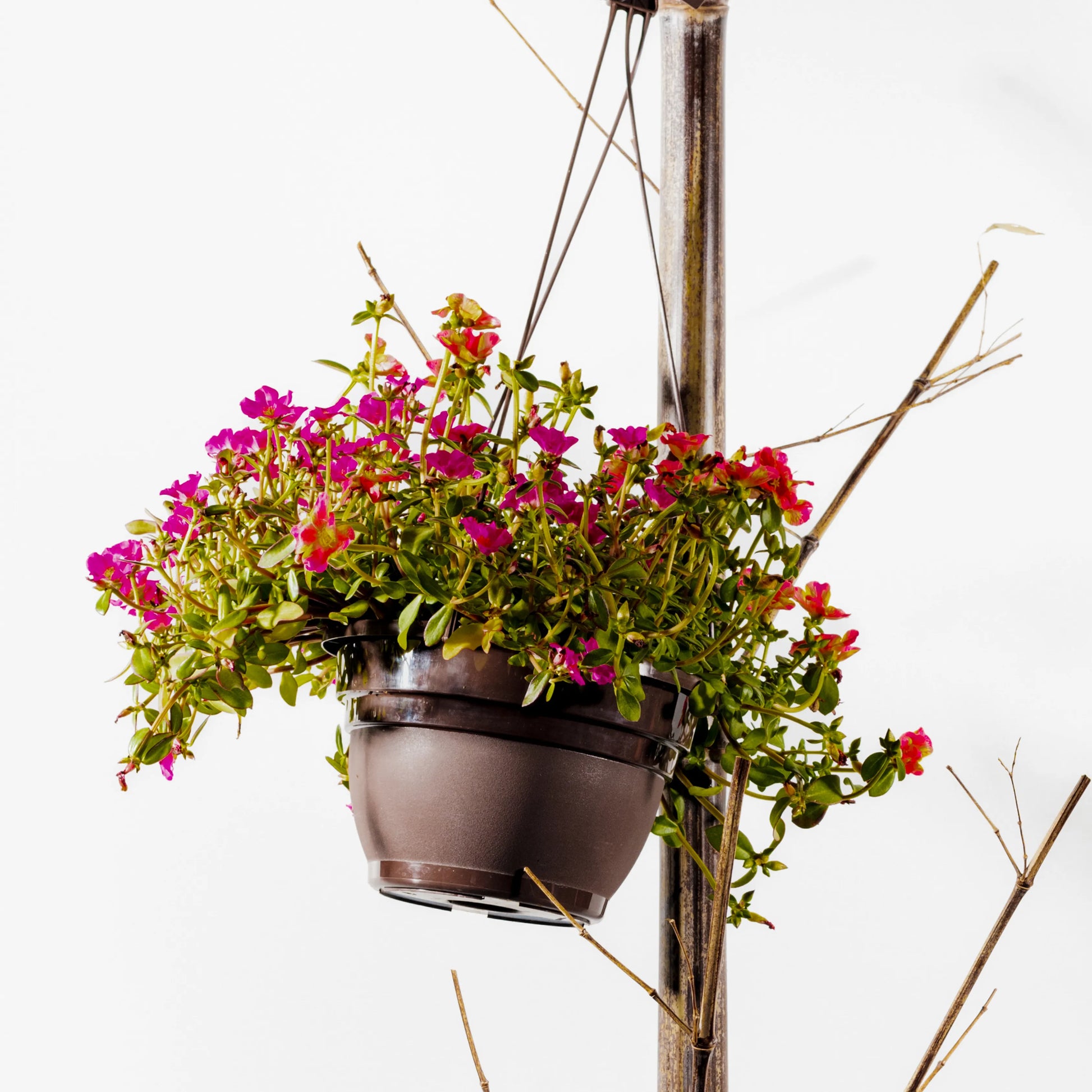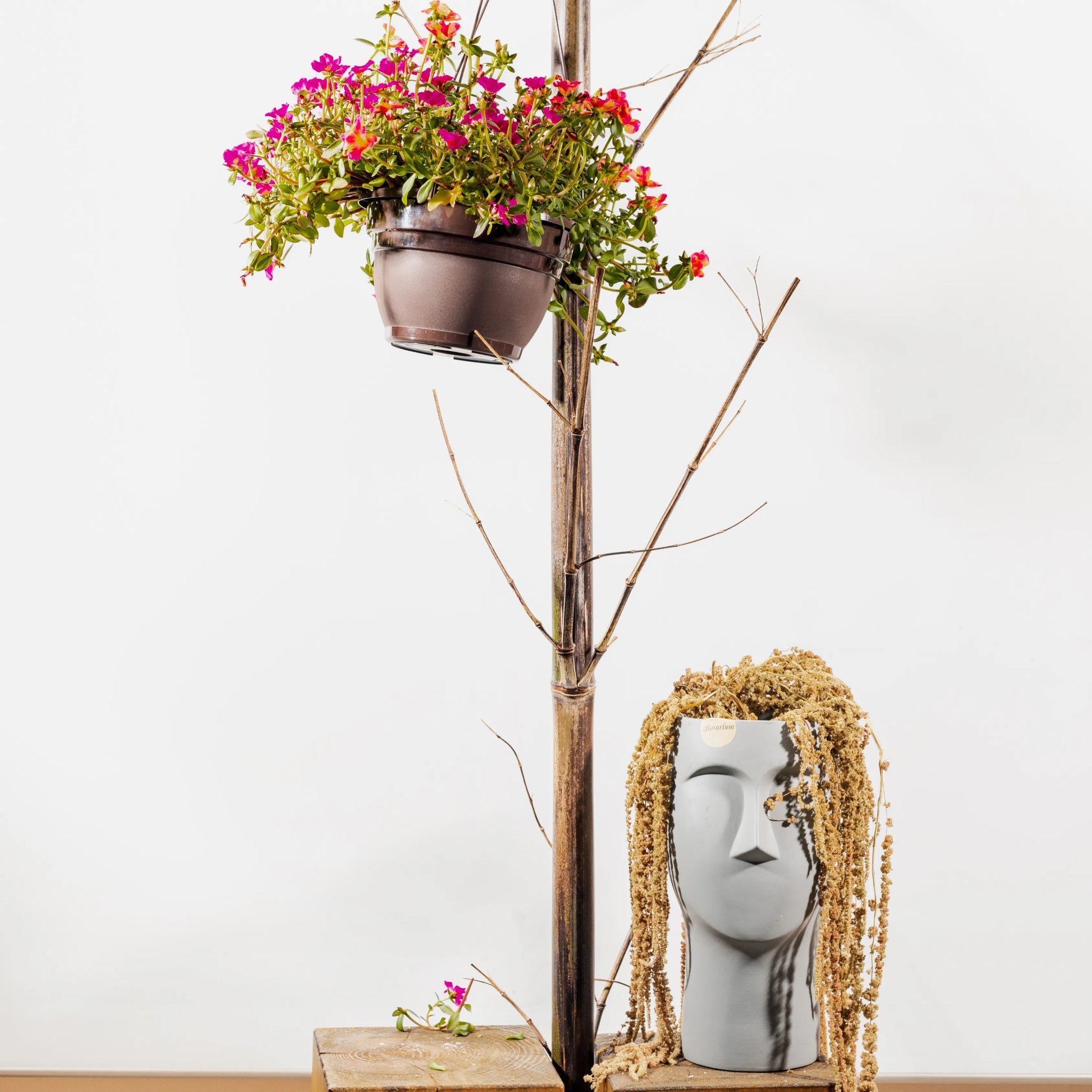Portulaca Umbraticola
Portulaca Umbraticola
Couldn't load pickup availability
Portulaca amilis is a hardy succulent plant known for its minimal care requirements and drought-tolerant nature. Special care points for portulaca amilis include ensuring it receives plenty of sunlight and infrequent but deep watering, allowing the soil to dry out between sessions. Overwatering is a common mistake, so carefully monitoring soil moisture is crucial.
Difficulty Care
Difficulty Care
Easy
Ideal Temperature
Ideal Temperature
Portulaca amilis prefers warm environments. It grows best at 15 to 28℃. If the temperature is below 10℃, it will have poor growth. Within the ideal temperature range, the higher the temperature, the faster it grows.
Watering
Watering
Thriving in its native tropical environments, Portulaca amilis has adapted to periods of heavy rainfall followed by dry periods. This species is drought tolerant and requires a moderate moisture balance. Watering should be consistent, with a twice-weekly schedule to mimic its natural conditions.
Light
Light
Portulaca amilis prefers plenty of sunlight and needs 6-8 hours of sunlight each day to thrive and produce vibrant flowers. Plant it in a sun-facing area of your garden or place the potted plant on a sun-facing balcony. Insufficient light will cause fewer flowers and wilted petals and leaves. Being in shade for too long can lead to poor growth or even death.
Soil
Soil
Portulaca amilis is highly adaptable and can grow well in all types of soil. It grows best in well-ventilated, well-drained, sandy soils. It prefers slightly acidic to neutral soils with an ideal pH value of 5.5-7.0. It should not be planted in clay soils, which can cause root rot if the soil is poorly drained. Plant portulaca amilis in a mixture of nutritious soil and sand.


Other Information
The creeping plants known as Portulaca amilis have spoon-shaped leaves and flowers that open in sunlight, and often have reddish stems. These species are popular with chickens, but they also serve as food for the farms of certain butterflies and moths. Some plants in the genus are cultivated for ornamental purposes.


